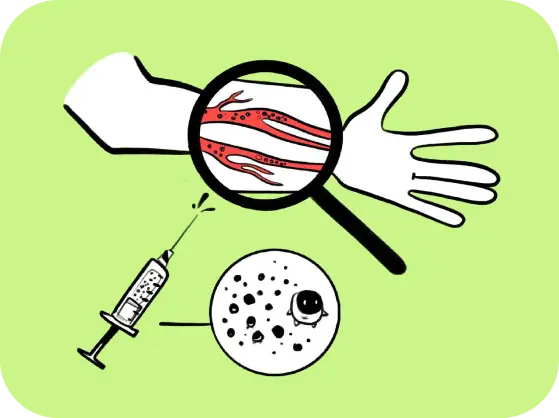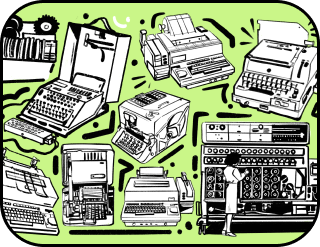How to protect the circulatory system with nano robots
According to the terms of this problem, once upon a time, or perhaps not so long ago, there lived great minds who were determined to find a new way to make all people on earth invulnerable. Some worked hard for many years studying one of the most vulnerable parts of the human body — the circulatory system, and trying various drugs. Others produced nano robots to combat contamination and breakdowns of various devices and in various conditions.
Both of the groups believed in superheroes and the invulnerable future of people.
Some scientists believed that people would become invulnerable if they slept more, ate less, stopped exposing themselves to stress and learnt how to defeat viruses. Other scientists believed that people would become invulnerable when a robot-like hero appeared and carefully patrolled the circulatory system in search of nasty surprises.
And it’s up to you to judge which solution will make the circulatory system less vulnerable.
Man is a vulnerable creature and it is really difficult to argue with that. Many biological systems are responsible for the vital functions of our body. One of them is hemostasis. The job of hemostasis is to keep blood in a liquid state, stop bleeding if the walls of blood vessels have been damaged, and dissolve blood clots that, like a patch, cover the damaged area of the vessel.
At the same time, man is a conscious being and therefore it is man’s job to carefully monitor the precise work of the whole organism.
To prevent blood flow from slowing down, you should:
— Adhere to a special diet
— Give up bad habits and spend more time in the fresh air: fight sedentary lifestyle and give yourself adequate physical activity
— Strengthen the immune system and thereby prevent the development of infectious processes
— Wear compression socks – special stockings made of jersey
— Properly organize your daily routine and carefully plan long trips by plane or car when you have to spend many hours in a sitting position
— Avoid general hypothermia. Not walk in too hot weather and try not to take hot baths
— Get checked regularly
— Read more science fiction

One day a team of scientists from the Netherlands came up with an idea — to use nano robots to check the circulatory system. The team worked tirelessly to create nano robots — miniature superheroes of the size of a grain of rice, each of which has its own means of combating thrombosis. Some of them were fast and agile, while others were cautious but strong. They could break through blood clots in the arteries, break through the intricacies of capillaries and warn a person about trouble. When the nano robots were ready for testing, they were introduced into the body of a patient with thrombosis and they immediately began to work. That was immediately noticed when observing the tiny epic battle taking place in the patient’s veins and arteries.
High-tech attacks in the veins — who would have thought that we would ever get to that?
Nano robots worked great, destroying blood clots and restoring blood flow to the patient’s organs, and scientists have proven that robots are the future of treatment and checking of the circulatory system. One of the most promising characteristics of microrobots is their ability to accurately deliver drugs to areas in need of intervention. That reduces the risk of side effects as well as increases the effectiveness of treatment, eliminating the need for extensive impact on the body.
That, in turn, opens up the opportunity for an individualized and targeted approach to patients, reducing the risks of complications, increasing the chances of successful recovery and minimizing side effects on healthy tissue.
That’s exactly how billions of tiny schemers can burst into your blood vessels, creating their own war for thrombosis there. Imagine them as little heroes ready to patrol your circulatory system in search of nasty surprises.
In today’s medical landscape, where innovation is becoming an integral part of treatment, tiny robots are coming into play representing an exciting development in the fight against various vascular problems.
However, as always, with great technological advances comes the need for detailed research. At the moment, many safety questions, questions about long-term effects and possible limitations of the use of microrobots in medicine remain unanswered. The future of this technology depends on careful analysis and extensive clinical trials to determine the safety and effectiveness of microrobots. The development process and rigorous testing will be key steps before introducing this technology into medical practice.
It is also worth considering issues related to ethics and social justice. The issue of accessibility of new technologies for all segments of society remains a key one. How to ensure that medical innovation becomes not just a symbol of excellence in healthcare, but a real solution for all patients?
But scientists from the Netherlands do not give up and recommend that we should keep our fingers crossed for all scientific research, and then, quite possibly, your veins will soon become home to real little medical heroes.

Scientists have decoded the human genome. We’ve decoded the genome of interest. Only pure science and facts.
Thank you!




